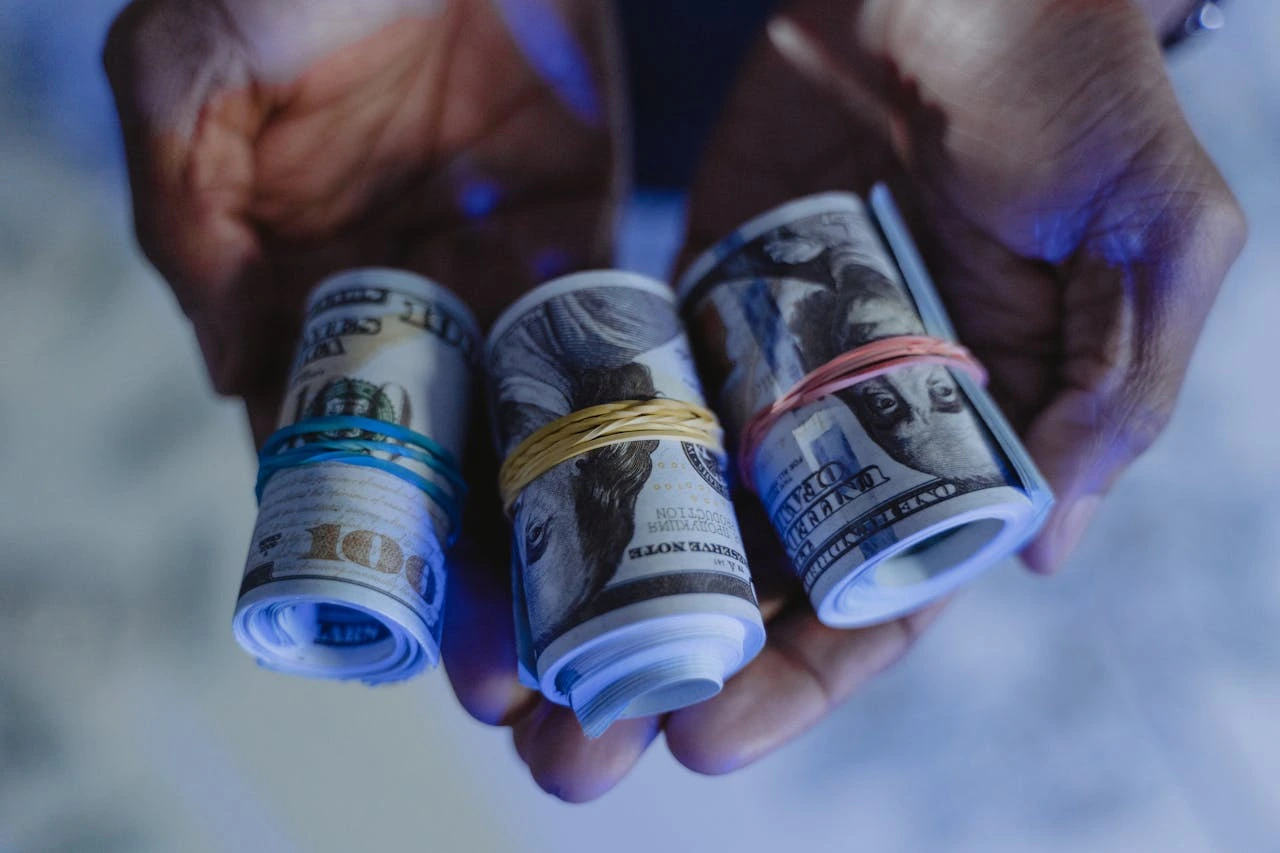
If life is a chessboard, loans can be powerful moves—not desperation plays. Instead of seeing borrowing as a last resort, what if you viewed it as leverage? When used thoughtfully, a loan can accelerate your growth, enhance your assets, or smooth your life. In this article, we’ll shift the narrative—and show you seven smart strategies for using a loan in the Philippine setting.
Most people think of loans as “bad” or risky. But not all debt is created equal. In financial circles, there’s a useful distinction between good debt and bad debt:
In the Philippine context, good debt might mean taking out a loan to upskill via a master’s degree, expand a small business, or buy a home—even if it means a monthly payment. Bad debt includes unplanned credit card splurges, payday loans, or borrowing for things that don’t deliver returns. (Also see how Metrobank describes good vs. bad debt.) https://metrobank.com.ph
If you can treat borrowing as a tool—not a crutch—you unlock potential. But first, give your loan a mission.
Arguably the best use of “good debt” is investing in yourself. A loan for education can be transformative:
Of course, choose courses with a clear return on investment (ROI). Don’t borrow for a degree unless the job market values it.
The Philippines thrives on MSMEs—Sari-sari stores, online shops, food carts, home-based enterprises. A loan can serve as seed capital or growth capital.
But don’t just borrow blindly—have a business plan, projected cash flows, and contingency plans.
Real estate is a classic example of good debt. If you borrow to buy property that appreciates or earns rent, the loan helps build your net worth.
Just don’t stretch yourself too thin—ensure the payments are manageable and realistic.
Debt can snowball if you have overlapping loans, credit cards, and financing. Consolidation can bring clarity.
But always check the effective APR, processing fees, and whether you're extending the repayment period too much just to lower payments.
This is a more advanced (and riskier) path. The idea: use borrowed capital to invest in assets like:
Caution: This strategy is only fits those who:
Borrowing to invest can amplify gains—and losses.
Another clever use: use a loan to reduce your future bills. For example:
In fact, BPI offers a Solar Mortgage option: top-up your existing housing loan (or use equity) to finance solar installation. Bank of the Philippine Islands
This kind of “green debt” turns your home into an income (or savings) generator.
Not all loans are for big, glamorous projects—sometimes it’s about making everyday life better in sustainable ways.
The key: every peso you borrow should either reduce cost, increase income, or improve well-being in the long run.
Before you borrow, do the math: interest vs expected return, buffers for mistakes, and exit plans.
A loan doesn’t have to be a symptom of desperation—it can be a tool in your wealth-building toolkit. Used wisely, borrowing can fast-track education, business growth, real estate ownership, and smarter upgrades.
At LoanOnline.ph, we’re committed to helping Filipinos borrow smart, not desperate. Let your next loan push you forward—not trap you behind.